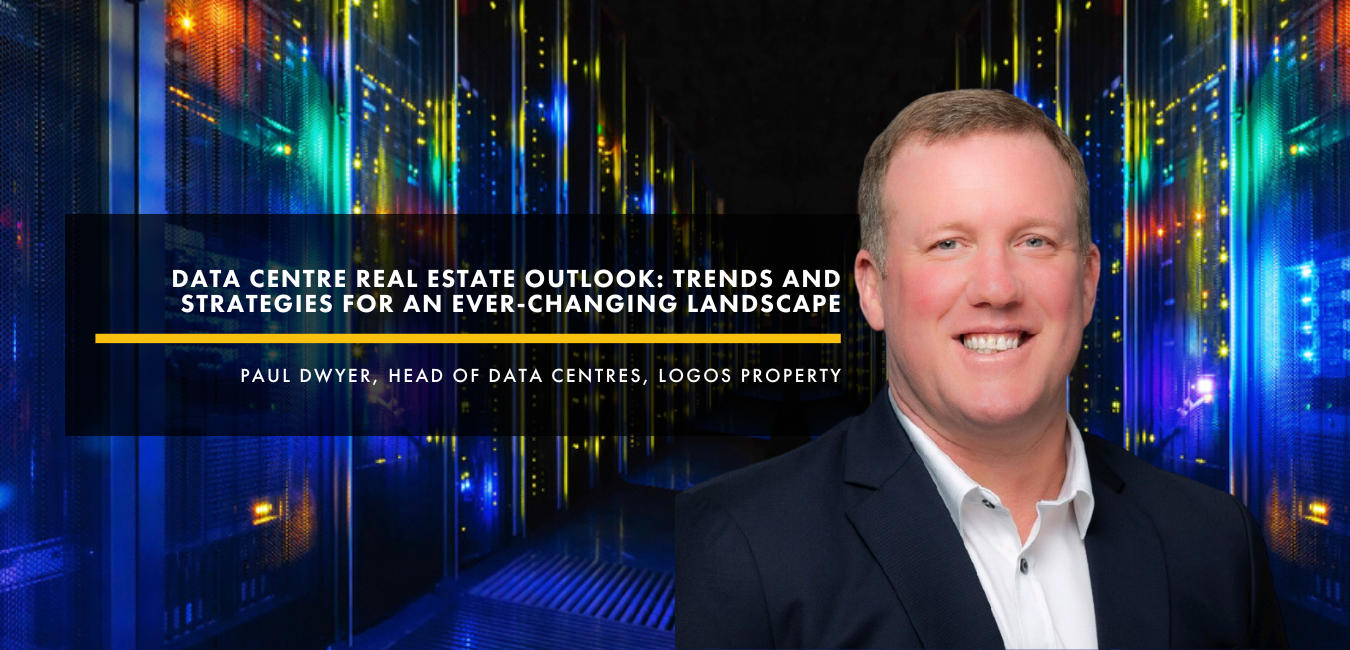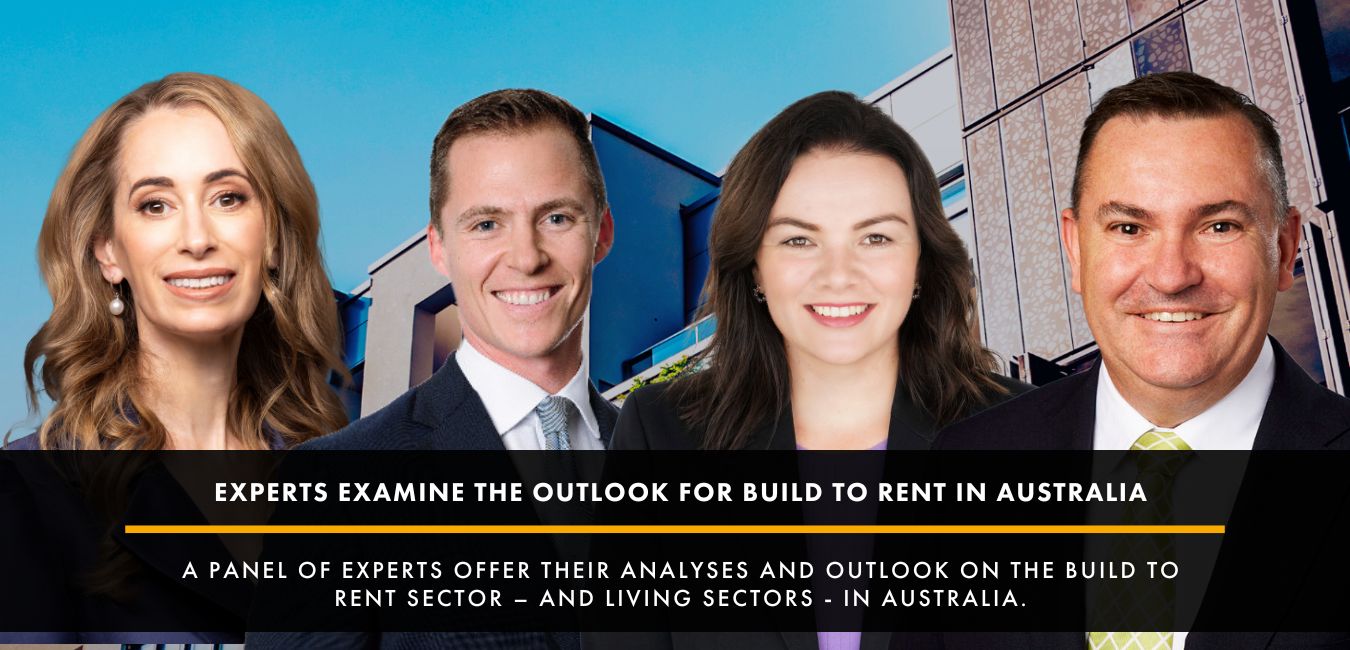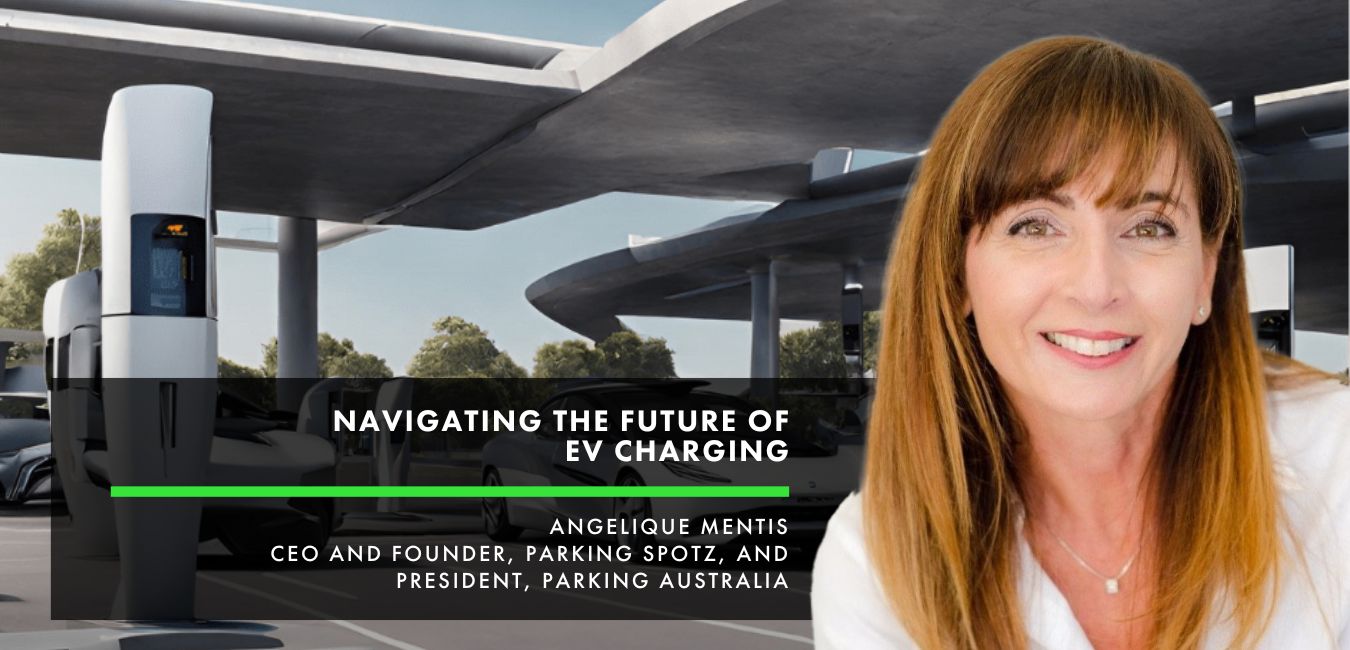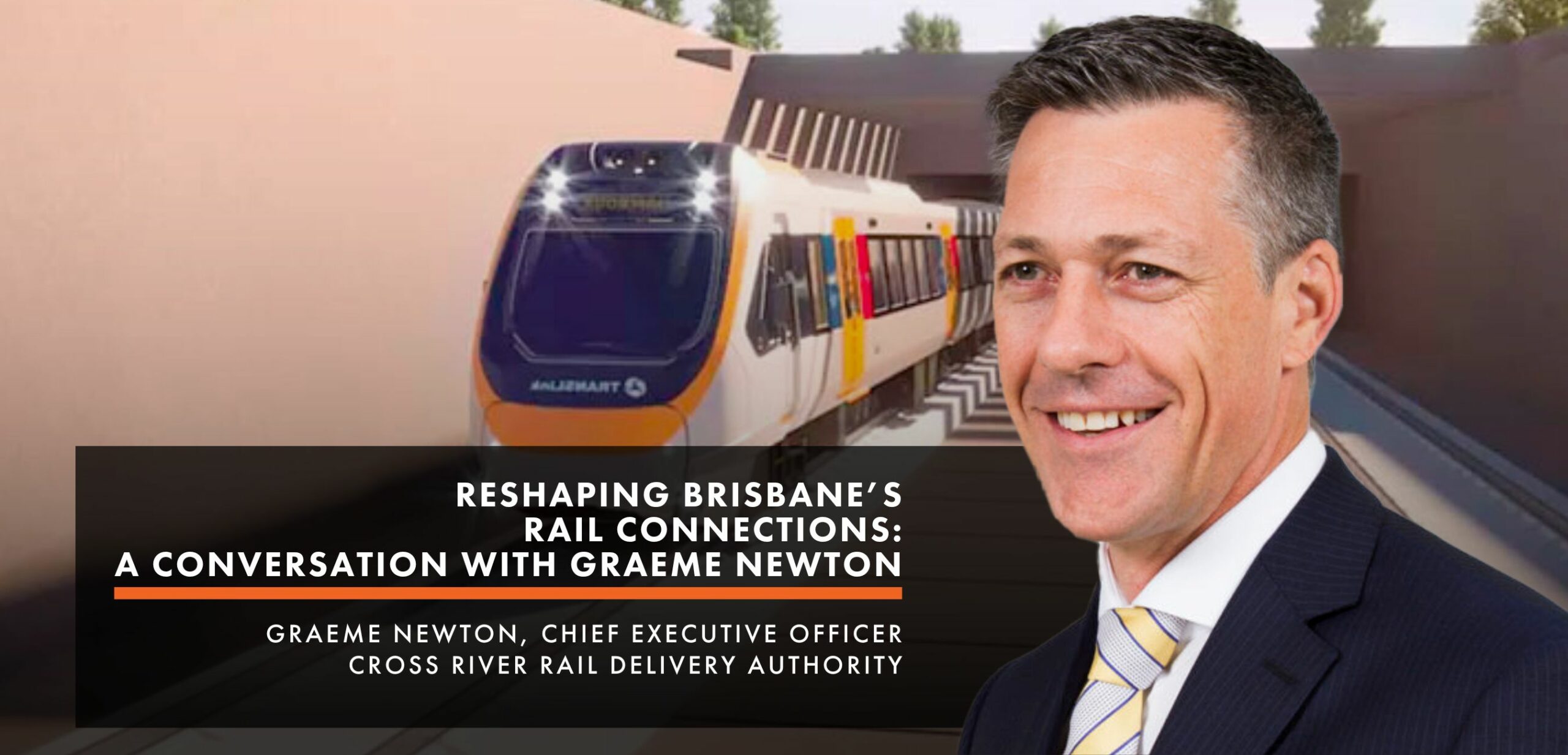FuturePlace Interview spotlight, Paul Dwyer
FuturePlace recently interviewed Paul Dwyer, Head of Data Centres, LOGOS Property. Paul leverages over 16 years of extensive real estate expertise, with a decade specifically dedicated to the data centre sector. His multifaceted experience spans roles in brokerage, consultancy, and in-house development with a notable developer. Notably, Paul spent four years as a Senior Director at Equinix, spearheading the Development xScale initiative in the Asia Pacific. During this tenure, he orchestrated acquisitions totaling US$2.5 billion in key cities such as Tokyo, Osaka, Sydney, and Seoul. Paul brings a wealth of strategic leadership and industry insight to his role at Logos Property. Join Paul at the Data Centre Real Estate Summit to explore navigating the Data Centre landscape: Strategies for success in a dynamic market.
FuturePlace: What are the current trends driving demand for data centre real estate and what are the projections for future growth??
Paul Dwyer: Cloud adoption continues to be the consistent driver across the DC sector in all markets in the region. This is either in a network sense or through Edge applications or large-scale compute. The growth projections, however, very much factor in the growth and arrival of the AI sector into the Asia Pacific marketplace. While the full opportunity is unknown at this point, the growth projections in several ‘hub markets’ will significantly increase in the short to medium term as a result.
FuturePlace: What criteria should organisations consider when selecting a location for a data centre?
Paul Dwyer: The base fundamentals have not changed; adjacency to critical infrastructure (power and water), as well as fiber connectivity and mitigation of risk factors, remains a key component. What has changed is the importance of the distance and proximity to existing customer deployments. Understanding the different topologies of each customer is now critical knowledge. Additionally, we must consider scale when identifying a location. What are the long-term growth abilities of the site or the surrounding area? This is a key component of site selection.
FuturePlace: For professionals looking to enhance their knowledge and skills in Net Zero construction, what educational resources, certifications, or training programs would you recommend?
Paul Dwyer: ASHRAE has traditionally been a well-respected and established benchmark standard in the sector. Therefore, in terms of operating standards and energy efficiency, that would be something I would recommend. Another option is the LEED accreditation system, which has recently introduced LEED Zero to complement their other levels. Again, this is a widely recognised standard.
FuturePlace: In your opinion, what are the most exciting innovations in infrastructure technology that is shaping the future of data centre and how can professionals stay ahead of the curve?
Paul Dwyer: The increasing demand for utilities is the number one factor driving the sector forward. How will the grid remain in step with the weight of the supply needed to accommodate forecasted growth? What new technologies will be adopted to realise the scale and resilience needed? Will we see the growth of nuclear, or will other sustainable clean energy practices be adopted?
FuturePlace: How can data centre operators optimise energy efficiency and reduce environmental impact?
Paul Dwyer: Continued design refinement and the use of technology, such as AI, to assist with operating standards that affect spend on cooling in particular. Reductions in the PUE of facilities will help to drive energy efficiency, which may result in a strategic change in cooling types and consideration, as well as the design and build of the Data Centre.
FuturePlace: What trends are shaping the valuation of data centre assets, and how do they differ across regions?
Paul Dwyer: DC Valuations are still very much following a traditional path at a site-specific level. The new style of hyperscale builds with single tenancies, etc., are reverting to offtaker strengths, which is something new for the sector as a whole. The rise of the private equity component of the market has significantly changed the landscape in terms of the different vehicles and structures that are apparent, which is also raising multiples when it comes to M&A activites. This is all good news for the market though!
FuturePlace: How will innovations such as edge computing, AI, and IoT impact the design and operation of data centre facilities?
Paul Dwyer: AI is the needle mover here. It will create new products and applications that will be used at the ‘edge of the network’ so as a product type it will mould the rest of the market to fit its needs, one of those being at the Edge of the network. Additionally, it will also be active in conjunction with existing cloud deployments and applied in a learning and generative fashion to do with the real time data collected from IoT devices which will lead to added security measures. This will lead to adoption of specific build types and technologies to enhance all aspects of the Data Centre build cycle to support and reliance on new technologies which will lead to a shift in design to support distributed infrastructure, optimised operations directly through AI management of maintenance, and enhanced security measures.
FuturePlace: Looking ahead, what do you see as the most significant challenges for the future of Data Centres in Australia and how can professionals better prepare for them?
Paul Dwyer: I would say firstly Sustainability and Energy Consumption. Australia is likely to play a large part in the regional AI marketplace as well as increasing cloud activity, so the ability for the grid providers and end users to be able to maintain their high renewable targets. The market needs to prepare for this with investment into renewables and be pushing new technologies and innovation in their design process now. Secondly maintaining a skilled workforce across the design and build sector and then operations, so continued upskilling and then attracting new joiners to the sector will be key. Lastly, Capital. The investment into the projects directly and then indirectly into sustainability and renewables will be incredibly intensive. Creativity in seeking solutions with various partners will be key in continuing the sector’s growth.
FuturePlace: Conversely, what do you see as the most significant opportunities?
Paul Dwyer: Being a leader in APAC for AI technologies as the demand for digital transformation continues to rise. The government support of the sector is market leading in the region and will be crucial moving forward.
Data Centre REal Estate Summit
Paul will be speaking at the Data Centre Real Estate Summit as part of a panel discussion titled ‘Navigating the Data Centre Landscape: Strategies for Success in a Dynamic Market,’ on May 30, 2024, in Sydney.
The summit brings together all the key global and local players to discuss the national data centre market, new developments, and acquisitions. It also covers supply and demand dynamics, as well as construction, development, and design trends.







